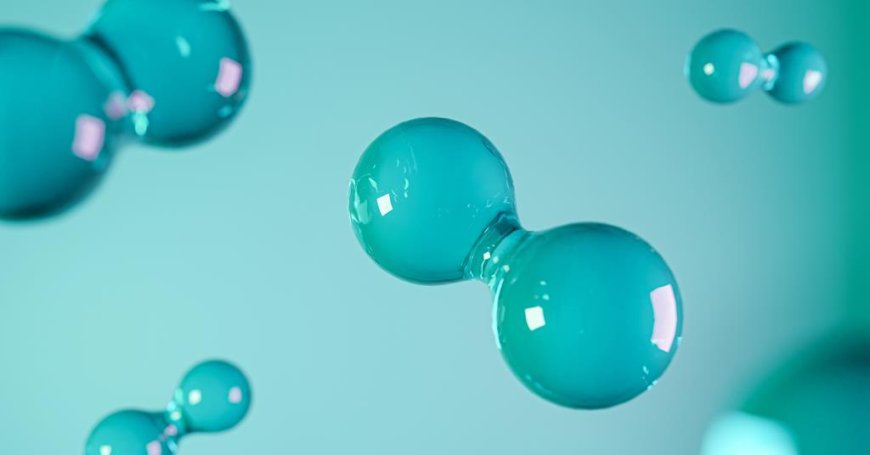Enhancing Methane Pyrolysis with Oxidants: A Breakthrough Study
Discover how adding small amounts of oxidants to methane pyrolysis can boost carbon and hydrogen production while sustaining catalyst activity. This study challenges traditional beliefs by showing that oxidants can improve efficiency and yield valuable byproducts.

Incorporating small amounts of oxidants into methane pyrolysis can significantly enhance carbon and hydrogen production and sustain catalyst activity. Despite being traditionally viewed as contaminants, the addition of oxidants challenges conventional beliefs about the process.
Methane pyrolysis involves breaking down methane using heat without oxygen, resulting in hydrogen gas and solid carbon. The use of a catalyst reduces the required temperature and accelerates the reaction, offering a promising pathway to low-emission hydrogen that can easily integrate into existing infrastructure. The solid carbon byproduct can also be utilized effectively.
Researchers at Stanford University conducted experiments using a fluidised bed reactor with Fe/Al₂O₃ catalyst at 750°C. Introducing just 5% carbon dioxide into the methane stream doubled the carbon yield and increased hydrogen production over an hour. Microscopic analysis revealed that carbon dioxide facilitated the formation of detachable thick carbon layers, ideal for harvesting solid carbon without deactivating the catalyst.
Similar benefits were observed when water and oxygen were added, with optimal ratios enhancing carbon yield by over 30% compared to methane alone. The breakdown of cementite, a crucial intermediate in methane decomposition, was accelerated by oxidants, leading to increased carbon production by regenerating active sites on the catalyst surface. Careful control of oxidant levels is essential to maintain catalyst activity.
Raman spectroscopy showed that oxidants promoted the growth of graphitic materials, including carbon nanotubes, by removing amorphous carbon. This not only improved catalyst longevity but also enhanced the quality of the solid carbon byproduct. Economic analysis suggested that incorporating oxidants could improve profitability by reducing methane recycling and operating costs, making the process more energy-efficient compared to steam methane reforming.
Clean energy scientist Chester Upham from the University of British Columbia praised the study as a valuable contribution to the field of pyrolysis, noting its potential for producing affordable clean hydrogen.
According to the source: Chemistry World.
What's Your Reaction?
 Like
0
Like
0
 Dislike
0
Dislike
0
 Love
0
Love
0
 Funny
0
Funny
0
 Angry
0
Angry
0
 Sad
0
Sad
0
 Wow
0
Wow
0


































































































































































